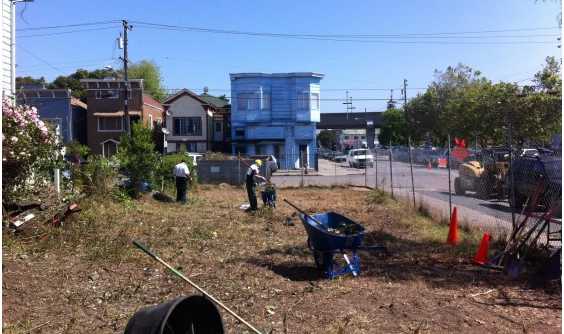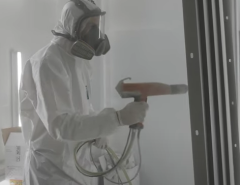Derelict and contaminated land is not only an eyesore and a potential hazard from both an environmental and a health and safety perspective, it is also a waste. With land at a premium, house building at almost record lows and continuing concern at the development of the greenbelt, it makes sense to utilise brownfield sites. In the right circumstances, there is no reason why this cannot include derelict and contaminated land.

What is classified as derelict and contaminated land?
Derelict land is land damaged following industrial or other activities, which cannot be returned to normal use without specialist treatment. Contaminated land is land that is causing:
– actual or possible harm that may have a significantly adverse effect on humans or animals;
– damage to buildings, which affects how they can be used; or
– significant pollution in coastal waters, rivers, streams or groundwater.
For further details on land contamination and its causes, see https://www.gov.uk/government/collections/land-contamination-technical-guidance/.
What causes land contamination?
Land contamination must be a product of industrial activity. This can include direct industrial activities, such as mining, quarrying, utility supplies, construction and manufacturing. It also covers sites that have not been used for industrial activities but have been affected as a consequence of the construction of a building. The issues arising from the existence of asbestos in roofs is one such example.

What is land remediation relief?
It takes the form of a Corporation Tax relief that equates to 150% of the qualifying cost of cleaning up a contaminated site. Potentially claimable expenditure includes:
-staffing costs;
-materials required to deal with the contamination, which are in addition to those that would have been required anyway;
-professional fees, such as the cost of a survey taken to assess contamination levels, and the cost of hiring any sub-contractors working on the land while it is contaminated; and
-any increase to expenditure consequent upon the contamination. This might include the need for increased security to ensure public safety and the safe disposal of contaminated matter.
Taking professional advice from a specialist such as http://www.ashremediation.co.uk/, is usually a good idea and can save time and money in the long run.
When is the relief claimable?
It is available when remedial work is undertaken, provided the claim is made within the two year period following the date of the relevant company’s year-end.





Leave a Reply